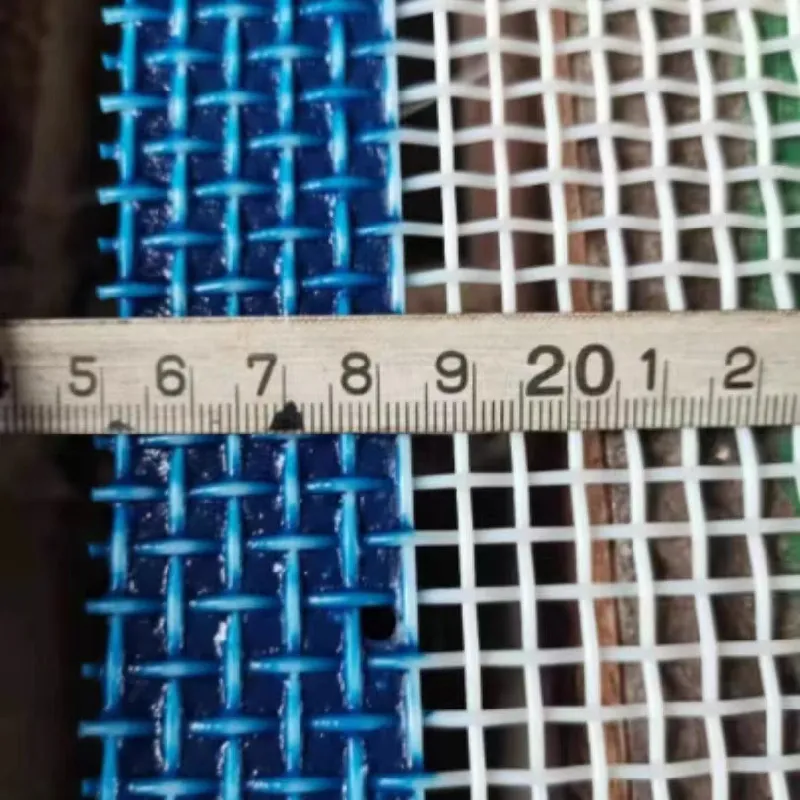-
 Afrikaans
Afrikaans -
 Albanian
Albanian -
 Amharic
Amharic -
 Arabic
Arabic -
 Armenian
Armenian -
 Azerbaijani
Azerbaijani -
 Basque
Basque -
 Belarusian
Belarusian -
 Bengali
Bengali -
 Bosnian
Bosnian -
 Bulgarian
Bulgarian -
 Catalan
Catalan -
 Cebuano
Cebuano -
 China
China -
 Corsican
Corsican -
 Croatian
Croatian -
 Czech
Czech -
 Danish
Danish -
 Dutch
Dutch -
 English
English -
 Esperanto
Esperanto -
 Estonian
Estonian -
 Finnish
Finnish -
 French
French -
 Frisian
Frisian -
 Galician
Galician -
 Georgian
Georgian -
 German
German -
 Greek
Greek -
 Gujarati
Gujarati -
 Haitian Creole
Haitian Creole -
 hausa
hausa -
 hawaiian
hawaiian -
 Hebrew
Hebrew -
 Hindi
Hindi -
 Miao
Miao -
 Hungarian
Hungarian -
 Icelandic
Icelandic -
 igbo
igbo -
 Indonesian
Indonesian -
 irish
irish -
 Italian
Italian -
 Japanese
Japanese -
 Javanese
Javanese -
 Kannada
Kannada -
 kazakh
kazakh -
 Khmer
Khmer -
 Rwandese
Rwandese -
 Korean
Korean -
 Kurdish
Kurdish -
 Kyrgyz
Kyrgyz -
 Lao
Lao -
 Latin
Latin -
 Latvian
Latvian -
 Lithuanian
Lithuanian -
 Luxembourgish
Luxembourgish -
 Macedonian
Macedonian -
 Malgashi
Malgashi -
 Malay
Malay -
 Malayalam
Malayalam -
 Maltese
Maltese -
 Maori
Maori -
 Marathi
Marathi -
 Mongolian
Mongolian -
 Myanmar
Myanmar -
 Nepali
Nepali -
 Norwegian
Norwegian -
 Norwegian
Norwegian -
 Occitan
Occitan -
 Pashto
Pashto -
 Persian
Persian -
 Polish
Polish -
 Portuguese
Portuguese -
 Punjabi
Punjabi -
 Romanian
Romanian -
 Russian
Russian -
 Samoan
Samoan -
 Scottish Gaelic
Scottish Gaelic -
 Serbian
Serbian -
 Sesotho
Sesotho -
 Shona
Shona -
 Sindhi
Sindhi -
 Sinhala
Sinhala -
 Slovak
Slovak -
 Slovenian
Slovenian -
 Somali
Somali -
 Spanish
Spanish -
 Sundanese
Sundanese -
 Swahili
Swahili -
 Swedish
Swedish -
 Tagalog
Tagalog -
 Tajik
Tajik -
 Tamil
Tamil -
 Tatar
Tatar -
 Telugu
Telugu -
 Thai
Thai -
 Turkish
Turkish -
 Turkmen
Turkmen -
 Ukrainian
Ukrainian -
 Urdu
Urdu -
 Uighur
Uighur -
 Uzbek
Uzbek -
 Vietnamese
Vietnamese -
 Welsh
Welsh -
 Bantu
Bantu -
 Yiddish
Yiddish -
 Yoruba
Yoruba -
 Zulu
Zulu
Effective Strategies for Installing Wire Livestock Fencing on Your Farm
The Importance of Wire Livestock Fencing in Modern Agriculture
In the contemporary world of agriculture, the need for efficient and durable livestock fencing cannot be overstated. Among various fencing options available, wire livestock fencing stands out due to its remarkable versatility, strength, and cost-effectiveness. This type of fencing is crucial for the safety and management of livestock while also helping to protect crops from animal intrusion.
Wire fencing typically consists of strong galvanized steel wires that are woven together to create a robust barrier. This construction ensures that the fence can withstand the pressures exerted by large animals, such as cows, sheep, and goats. One of the primary advantages of wire livestock fencing is its durability. Unlike wooden or vinyl fencing, which may rot or warp over time, wire fencing is resistant to the elements, ensuring a longer lifespan with minimal maintenance. Additionally, it can be adapted to various farm layouts and terrains, making it suitable for different agricultural practices.
Safety is a primary concern for livestock farmers. Wire fencing helps keep animals secure within designated grazing areas, reducing the risk of escape that could lead to accidents on roads or potential injuries from predators. It acts as a deterrent against wildlife that may threaten livestock, thus offering peace of mind to farmers. Wire fences can also significantly reduce the chances of animals fighting or getting injured, as the fence can be designed to minimize interaction between different groups of animals.
wire livestock fencing

Another important aspect of wire livestock fencing is its economic feasibility
. It is generally more affordable than other fencing types, which allows farmers to allocate resources more efficiently. The initial investment can lead to significant long-term savings, as the durability and lower maintenance costs of wire fencing make it a cost-effective solution. Moreover, farmers can choose from various wire fencing styles—such as barbed wire, welded wire, or hinge-joint woven wire—based on their specific needs and budget.Environmental considerations also play a role in the increasing popularity of wire livestock fencing. Many wire fencing options are produced using sustainable materials and methods, making them an environmentally friendly choice. This is vital for conscientious farmers who are seeking to minimize their ecological footprint while still providing secure enclosures for their livestock.
However, it is essential for farmers to consider certain factors when installing wire livestock fencing. Proper installation is crucial to ensure that the fence functions effectively over time. This involves selecting the right type of wire, determining the appropriate height and spacing of the posts, and ensuring that the fence is taut enough to withstand the pressure from livestock. Regular inspections and maintenance are also necessary to check for signs of wear, rust, or damage, which could compromise the integrity of the fence.
In conclusion, wire livestock fencing is an indispensable tool in modern agriculture. Its durability, safety features, cost-effectiveness, and environmental sustainability make it a preferred choice for livestock farmers. By investing in high-quality wire fencing and maintaining it properly, farmers can create secure environments for their livestock, ultimately enhancing productivity and ensuring the well-being of their animals. With proper management, wire livestock fencing can significantly contribute to the success of agricultural operations, proving its vital role in contemporary farming practices.
-
Shipping Plastic Bags for Every NeedNewsJul.24,2025
-
Safety Netting: Your Shield in ConstructionNewsJul.24,2025
-
Plastic Mesh Netting for Everyday UseNewsJul.24,2025
-
Nylon Netting for Every UseNewsJul.24,2025
-
Mesh Breeder Box for Fish TanksNewsJul.24,2025
-
Expanded Steel Mesh Offers Durable VersatilityNewsJul.24,2025











